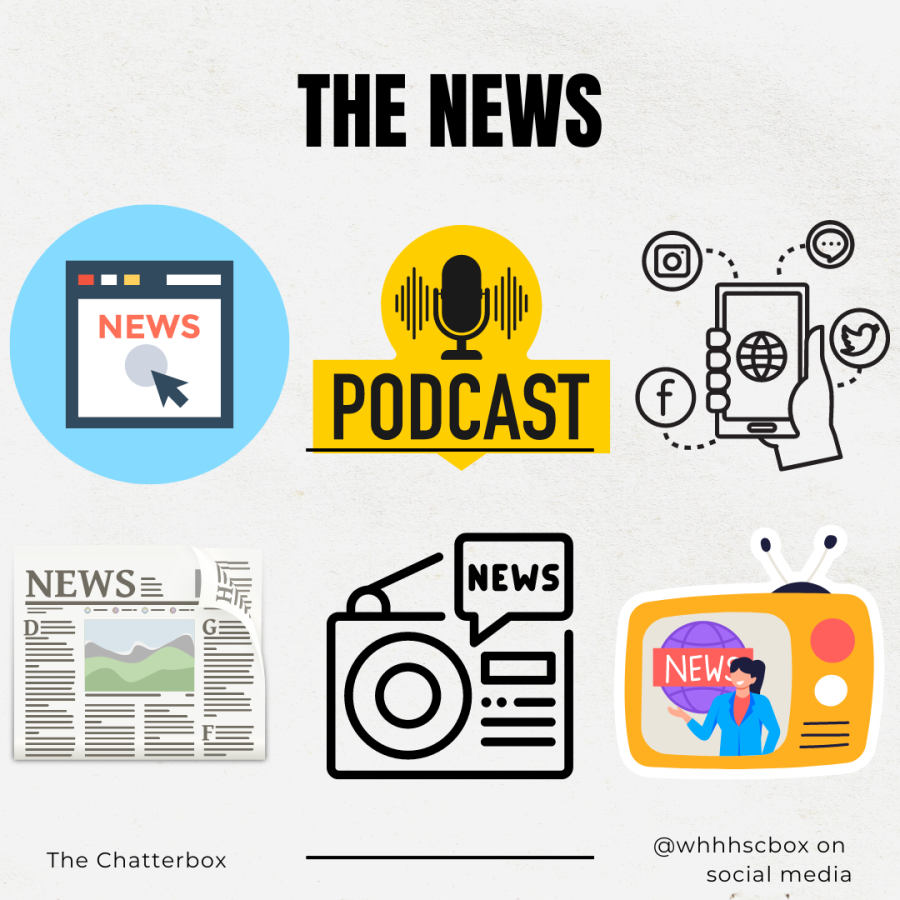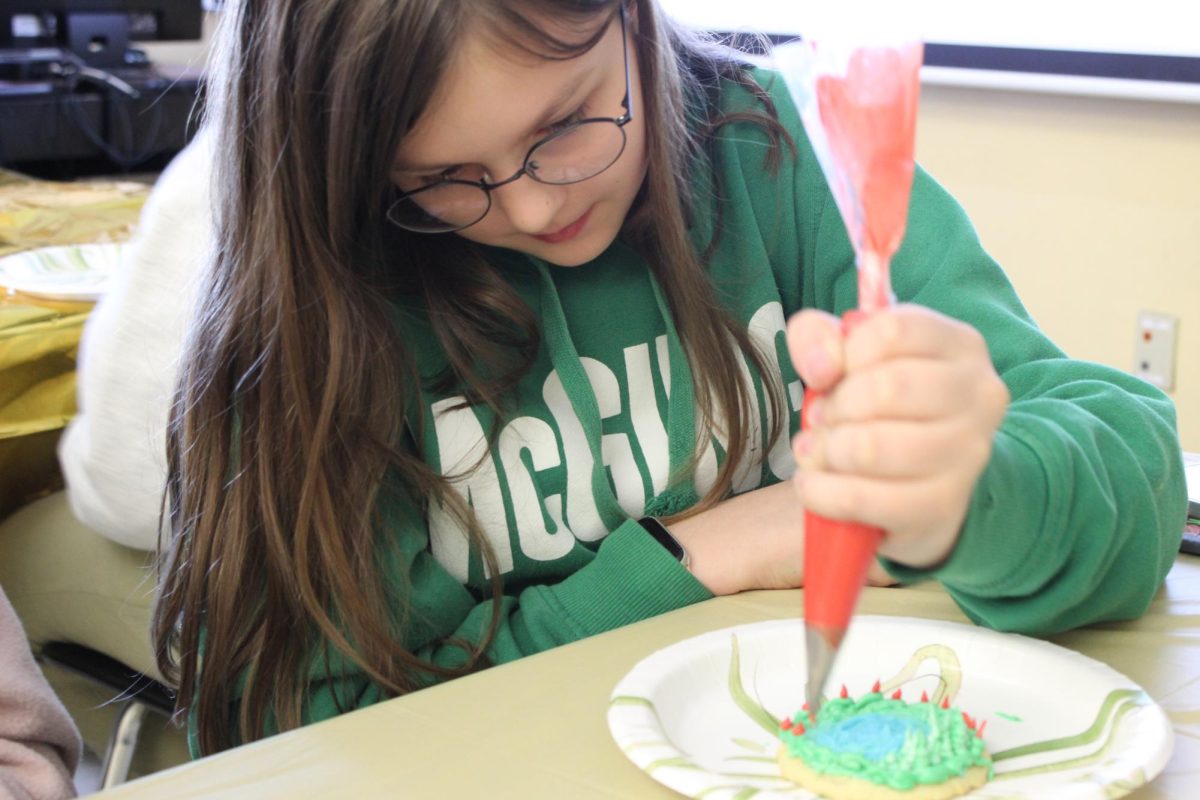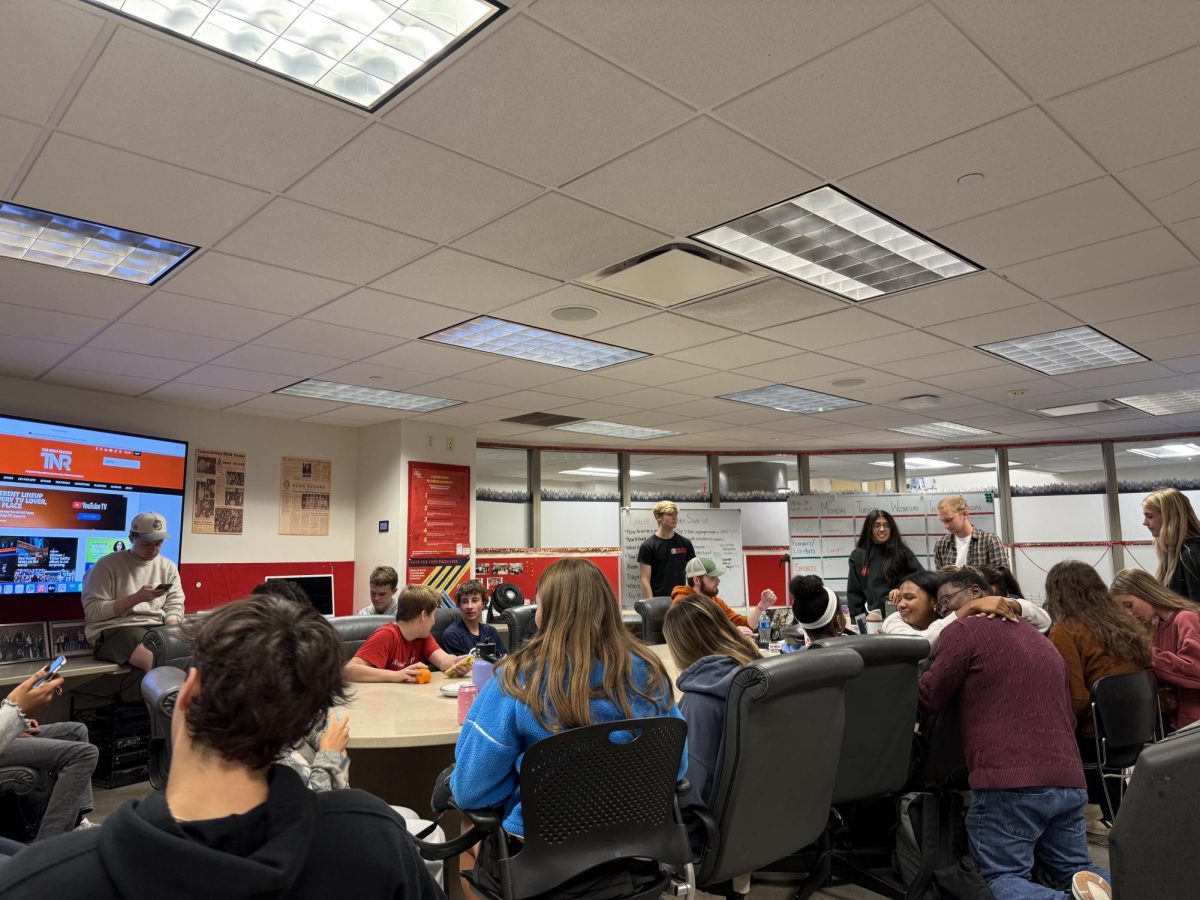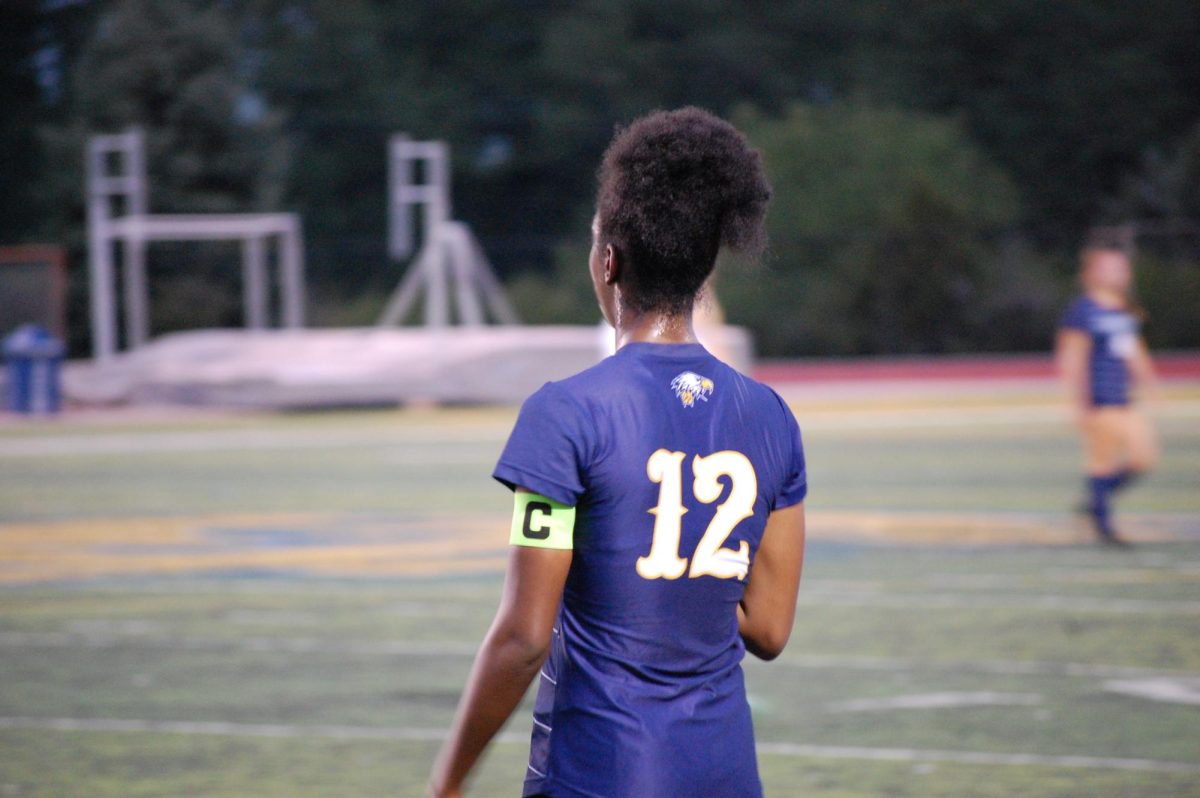How do Americans get their daily news?
November 14, 2022
Back in the 1900s, people got their news from newspapers and radio broadcasts, but now, with almost everyone owning a digital device, news from social media and news websites has become popularized all around the world.
Nowadays, the most common way of accessing news is through digital devices. However, many are not just getting their news from news websites but are also looking to social media to stay informed. According to the Pew Research Center, about half of Americans sometimes get their news from social media.
With social media being a popular medium of entertainment and expression for young people, some companies have tried to use social media to communicate their goals and agendas with younger audiences. The White House even invited over 20 content creators from platforms including TikTok, Instagram and YouTube to a celebration last month, marking the passage of the Inflation Reduction Act.
“The White House social media accounts, they’re big, they reach a lot of people. But very often, we’re talking to an audience of people who have opted in to hear from us,” Rob Flaherty, the White House director of digital strategy, said. “The reality is, if we want to go out and talk to a wide amount of people whose lives are going to be impacted by the Inflation Reduction Act, and both take credit and also tell people how they can access some of the benefits, then we need to get out into the digital communities that people exist in — and that means spending time with digital creators who have huge reaches into those audiences.”
Even other forms of online news have become popularized including podcasts like the Joe Rogan Experience and The Daily. According to the Pew Research Center, about 23% of Americans sometimes get their news from podcasts. Younger adults, in particular, are more likely than older adults to sometimes get news from podcasts. However, with over half of Americans never getting their news from podcasts, there is still a lot of potential for them to rise in popularity.
“[I get my news from] commentary channels on YouTube,” Jonathan Moody, ‘24, said. Moody also said that he gets his current events news from channels like Some More News and Shaun.
However, some WHHS students don’t use social media to get their news, and instead, use news websites to stay informed.
“[When I look at the news] I go to AP News to see current events,” Anna Whetstone, ‘23, said.
Some get their news from the radio.
“[I listen to the news] every morning and sometimes in the evening on radio stations like 91.7 WVXU and PBS Newshour,” Riya Tummala, ‘27, said.
Even though there are many reliable online newspapers and radio broadcasts, fake news can still spread through social media, where much of the content is for entertainment and content creators are not held to a high standard of accuracy that online newspapers like AP News, NYT, and WSJ are held to.
“[I look at the news] somewhat often and I mainly use Twitter [to do so],” Malachi Mincey, ‘26, said. “I encounter fake news all the time and most of the time it’s pretty easy to spot since it comes from random accounts, but other times it’s people creating accounts as politicians who spread the fake news and it goes viral.”







